What it is?
Unlike conventional ceramic tiles, this one has a protective layer of water glass. With a special airbrush or dispenser, the glaze is applied to the already baked tiles and the firing process is repeated: as a result, a strong glass film forms on the ceramic surface.
Glazing not only improves the look and allows manufacturers to produce it in different colors and designs. The glaze layer also increases the strength of the tile, improves the characteristics of the finished product.
The final properties depend on the number of layers:
- Single layer... Assumes the application of 1 layer of glass. Such glazed ceramic tiles are used for walls.
- Double layer... Two layers of glaze on the tiles provide better protection against mechanical stress. This tile is applied to the floor.
In the photo, a variant of wall decoration and an apron with rectangular tiles in mint tones
The difference in production technology determines the type:
- Monocotture... Single fired tile, but double coated.
- Bikottura... Single-layer tile with double firing - first, the base is baked at 1040 degrees, then the glaze.
- Majolica... White glass is applied to a large-pore base using high temperature, which is then decorated or painted.
- Cottoforte... Double firing at low degrees, pressing and a special composition of the mixture allows you to create a strong, durable tile.
The photo shows a combination of two colors of a square tile
Pros and cons
Glazed tiles fell in love with consumers for a reason: they have a mass advantages before other materials:
- Sustainable to mechanical stress, abrasion, exposure to ultraviolet radiation and aggressive chemicals, temperature and humidity changes.
- Is different a wide variety of designs, colors, textures (sometimes glossy, matte). The choice of colors, patterns is practically unlimited.
- Not demanding in leaving... You can wash it with various means, even abrasive (although it is undesirable to use the latter on a glossy surface).
- Safe, environmentally friendly - thanks to the natural composition. Suitable as the main finishing material in apartments with allergy sufferers.
- 100% hygienic... The surface is not suitable for the life and growth of fungi, mold.
The glaze is not perfect, but with her disadvantages you can put up with:
- Fragile... The indicator depends on the manufacturing process, but in general, with improper transportation and careless handling, it can be broken.
- Slippery... Due to low adhesion, it is not suitable for finishing the bathroom floor and, moreover, in shower cabin.
- Cold... This is a minus of any ceramic tile - glazed or not. To use it on the floor, the heating system must be installed first.
Applications
The ways to use it flow smoothly from the list of pros and cons of glazed tiles.
Internal wall cladding
A large assortment of colors, textures, sizes will allow everyone to easily choose the right option for their interior. IN bathrooms are convenient to use one series, combining monochromatic and accent elements.
On the kitchens lay out an apron with tiles - so it will be easy to care for the working area. Even in living rooms! Example: tiling a fireplace.
In the photo, the fireplace is finished with glossy tiles.
Interior finishing of the floor
Taking into account the information about slippery surfaces, you should choose the place of laying correctly. Rooms with a high risk of water getting on the floor should definitely be excluded: bathrooms, showers.
In kitchens, bathrooms, hallways, embossed glazed ceramic tiles are permissible provided that you walk on them in shoes or barefoot on a dry surface.
Exterior wall decoration
The durability and frost resistance of the monocotture allows you to use it even on facades! Since the finish is not afraid of frost, sun rays and precipitation, outside the house it will last for many years.
The only disadvantage of this finish is the price, since even an inexpensive material will need a large amount.
What is different from unglazed?
The main difference that lies on the surface in the literal and figurative sense: the presence of glaze. Other differences between the materials follow from this fact:
| Characteristic | Glazed | Unglazed |
|---|---|---|
| Color | Wide range | Natural clay, sand shades |
| Wear resistant | Top layer may rub off | Due to the uniform color and composition throughout the entire thickness of the chips, scratches are invisible |
| Water absorption | 4-4,5% | 3-3,5% |
Otherwise, in terms of their properties, the tiles are approximately equal: frost resistance, service life, margin of safety depend on the materials used in production and the pressing and firing process itself.
How does it look in the interior?
It's easier to see the beauty of glaze once: let's look at various examples of its use.
Bathroom
Glazed tiles are the best choice for bathroom walls! Waterproof, hygienic, stylish, durable. Tiles can be laid out on all vertical surfaces from floor to ceiling, or used exclusively in wet areas: shower, bath, apron over the sink.
Many layout options are available due to the versatility of sizes: you can take a multi-colored tile 15 * 15 cm and create beautiful mosaic... Or choose plates 30 * 60, reducing the number of tile joints.
In the photo, the decoration of the walls in the bathroom with a black pig
Restroom
The level of humidity and the likelihood of splashing water is less here, so tiles in the toilet are not a necessity, but a reasonable choice. It is easy to care for, so the bathroom will always shine!
In the toilet, glazed tiles are combined with wallpaper, paint, PVC panels and other options for wall decoration.
Kitchen
Glazed tiles in the kitchen will become a bright accent and help protect the work area from splashes of grease, oil and other liquids. The apron can be standard (60 cm in height), shortened - a side 15-20 cm from the table top, and on top - washable paint or elongated - from 1 meter above the table top to the ceiling.
In the photo, an apron made of arabesque tiles
Glazed tile is a beautiful, aesthetic, practical material. Finding a suitable option in style and budget is not difficult, it remains to lay it correctly - then the finish will delight you for more than one year!

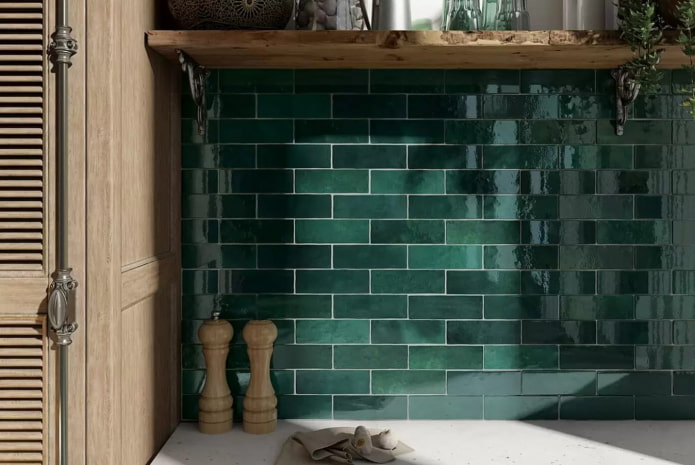
 10 practical tips for arranging a small kitchen in the country
10 practical tips for arranging a small kitchen in the country
 12 simple ideas for a small garden that will make it visually spacious
12 simple ideas for a small garden that will make it visually spacious
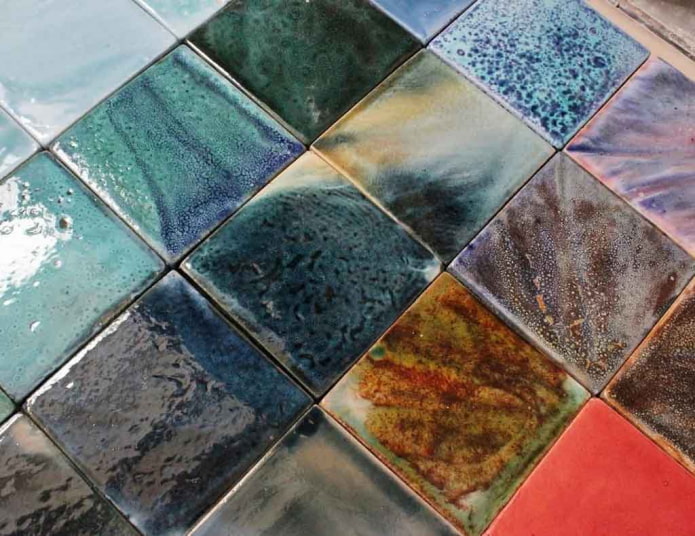
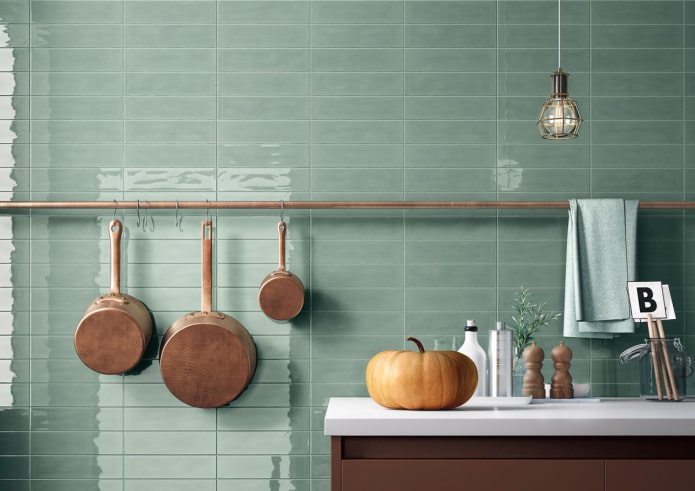
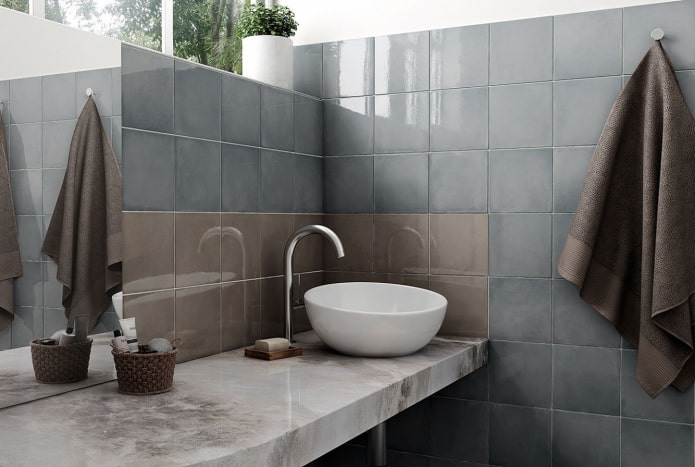
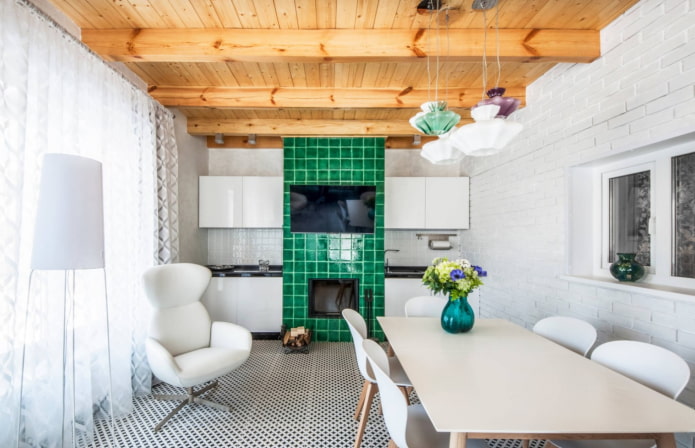
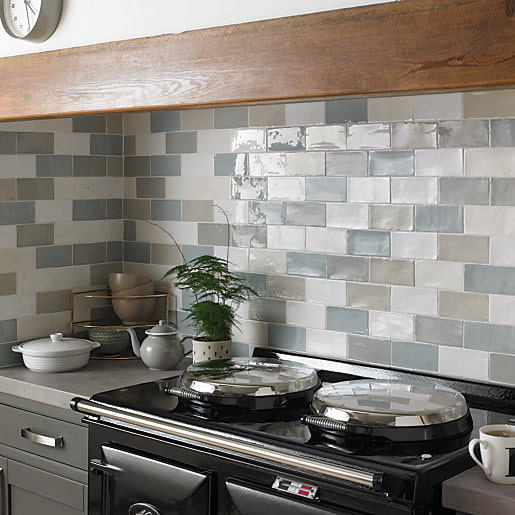
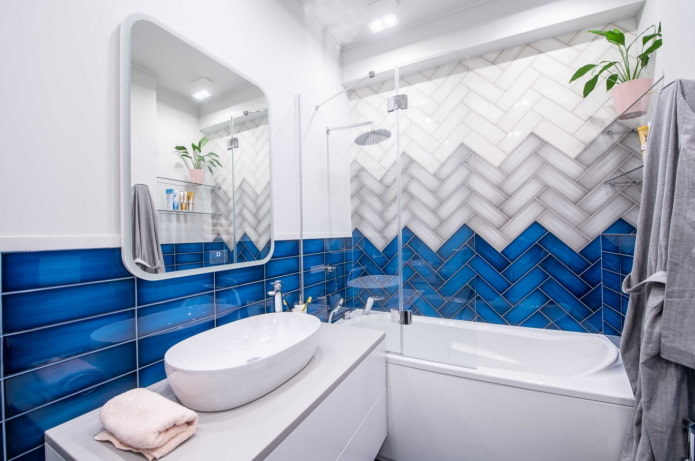
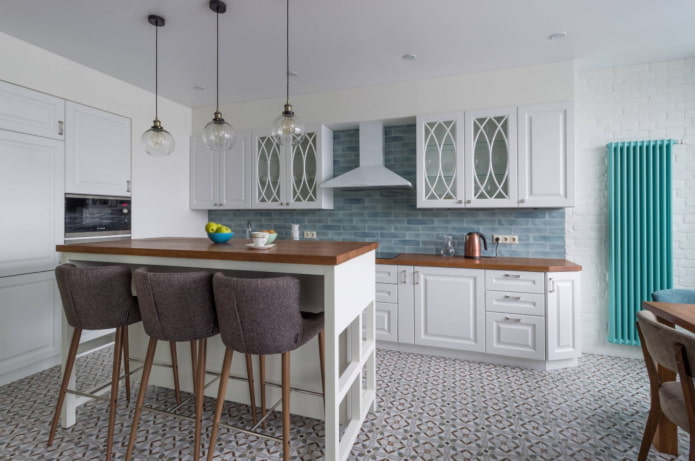
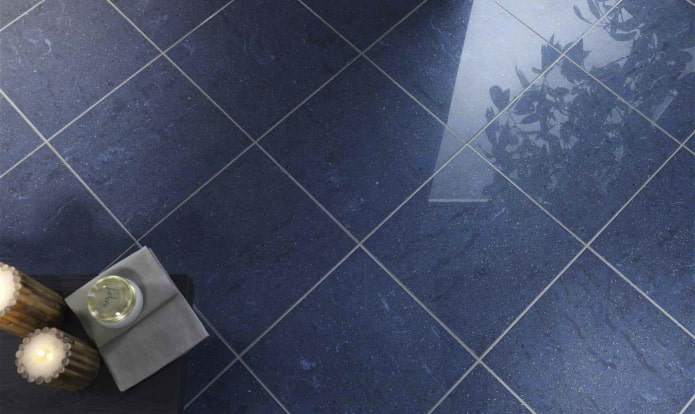
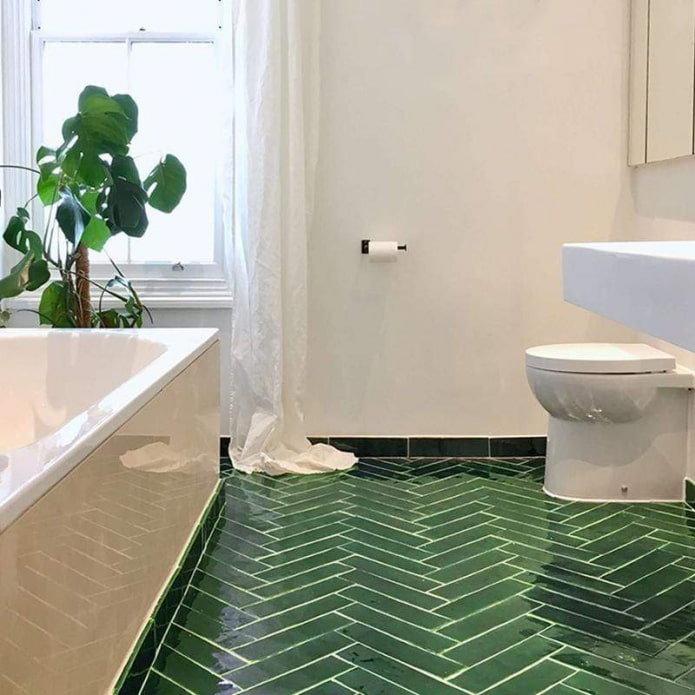
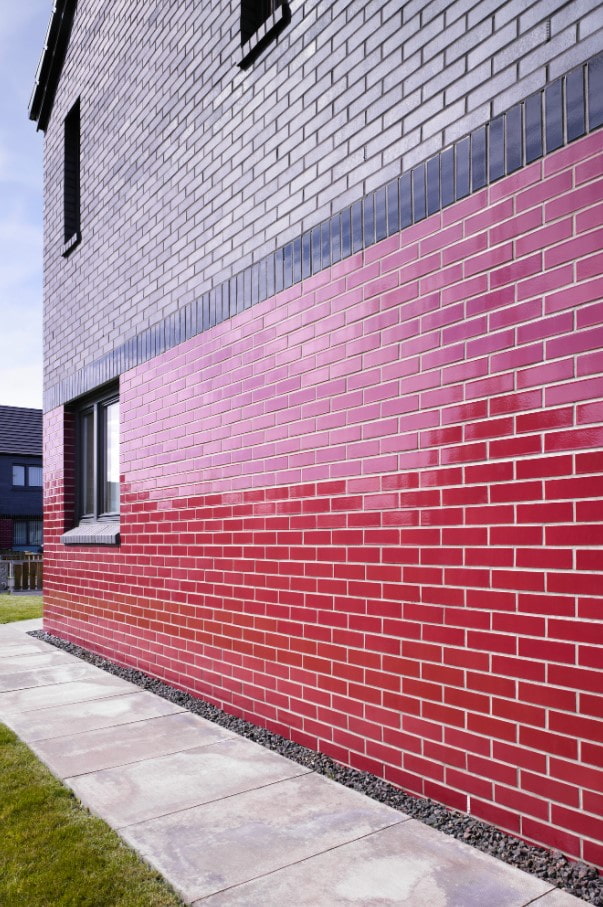
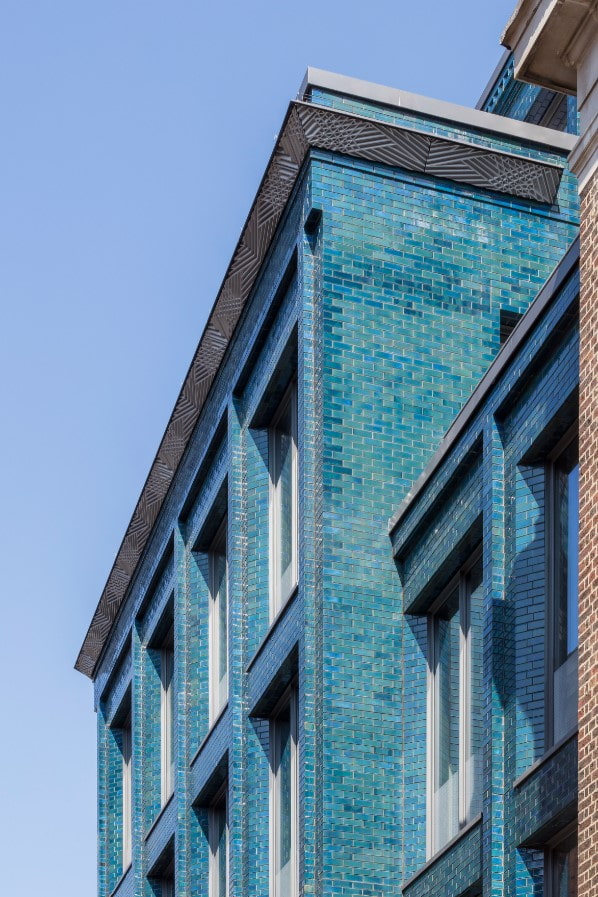
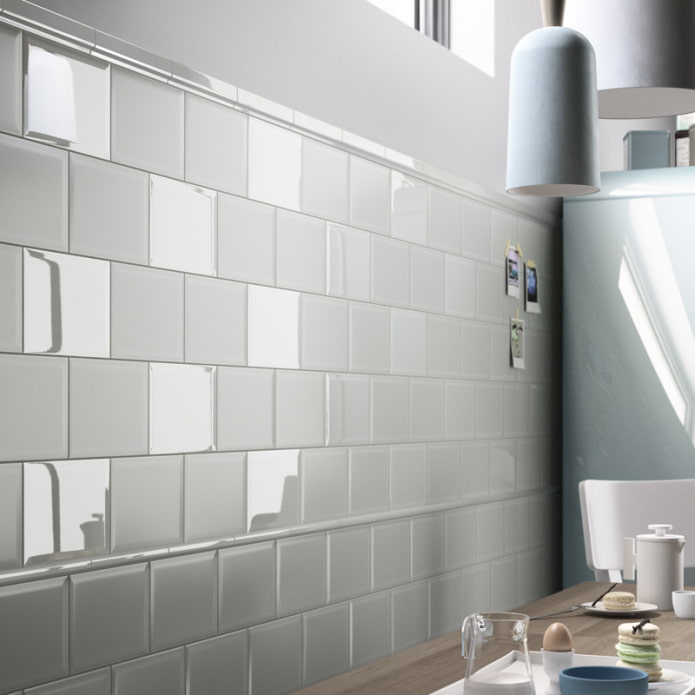
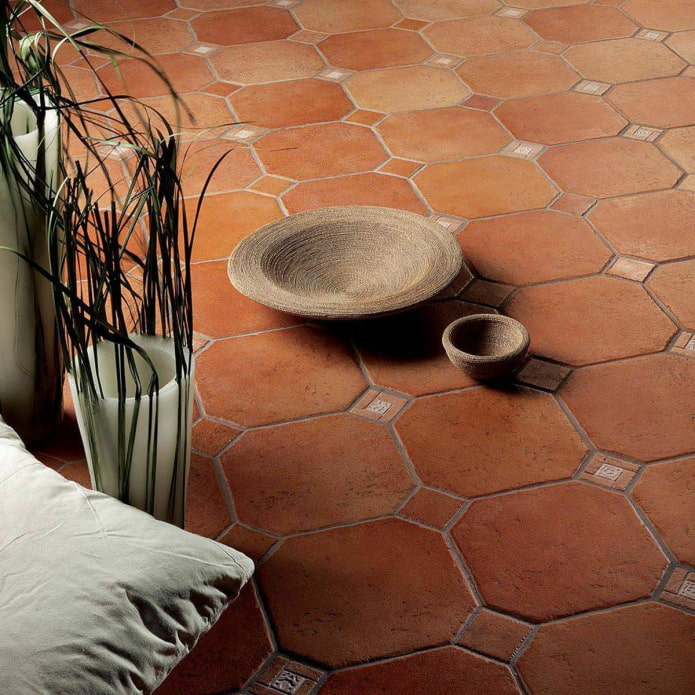
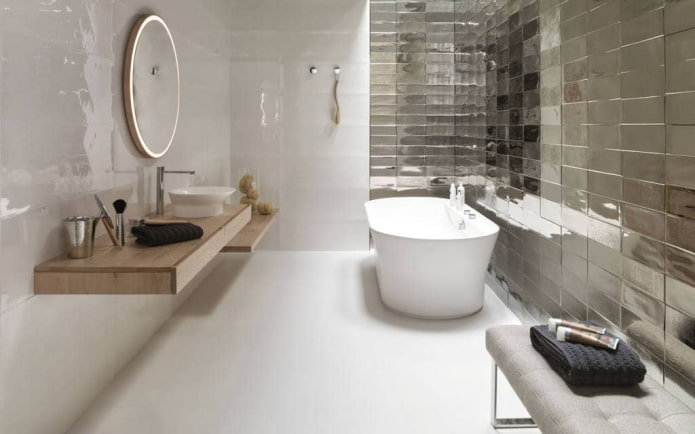
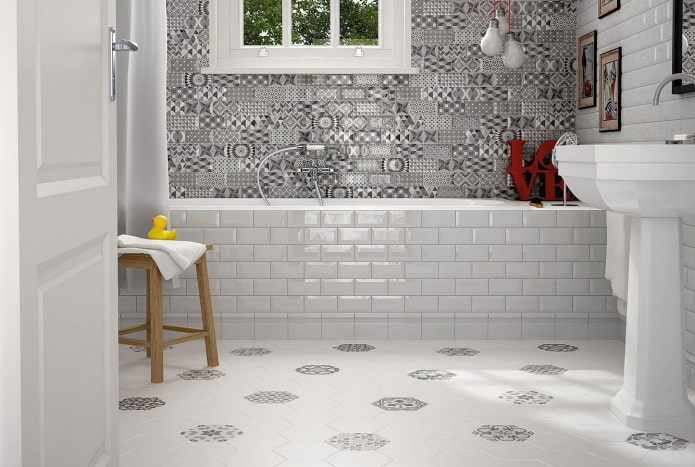
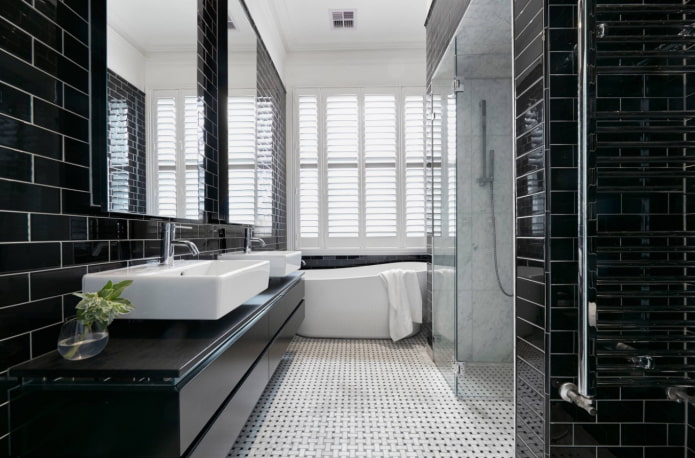
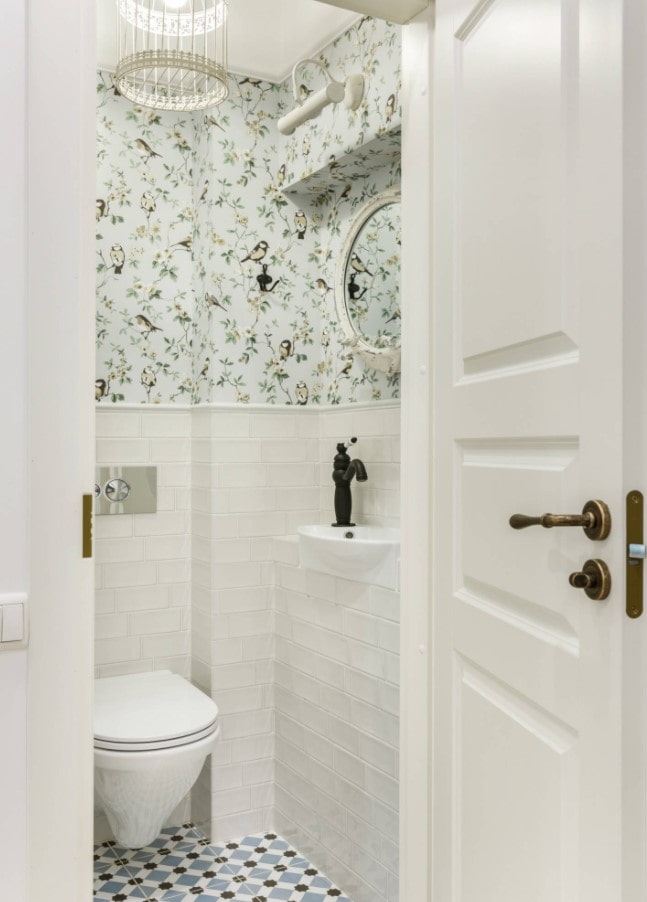
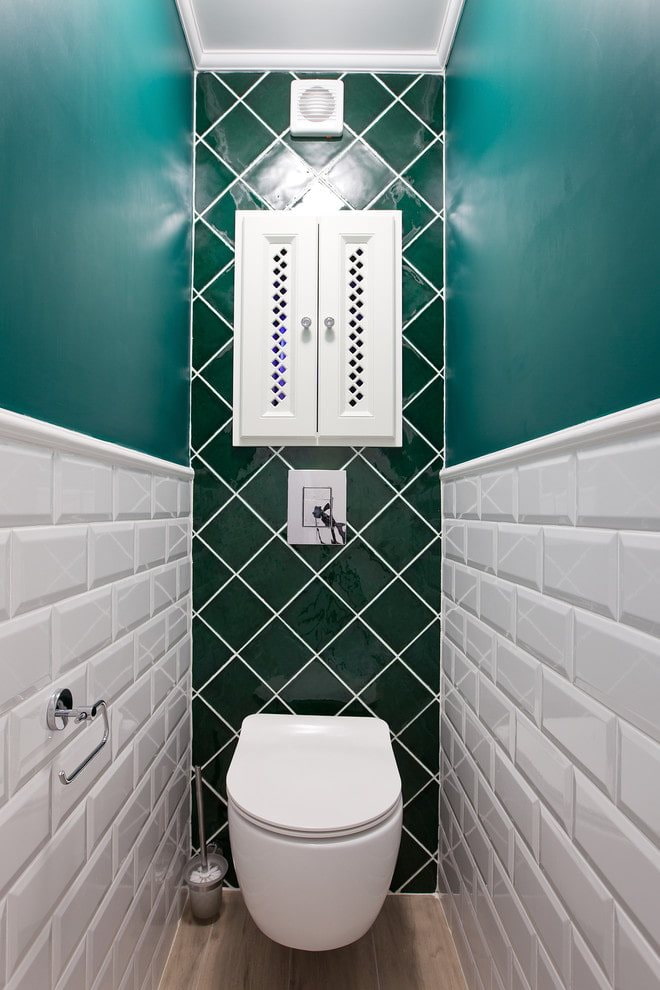
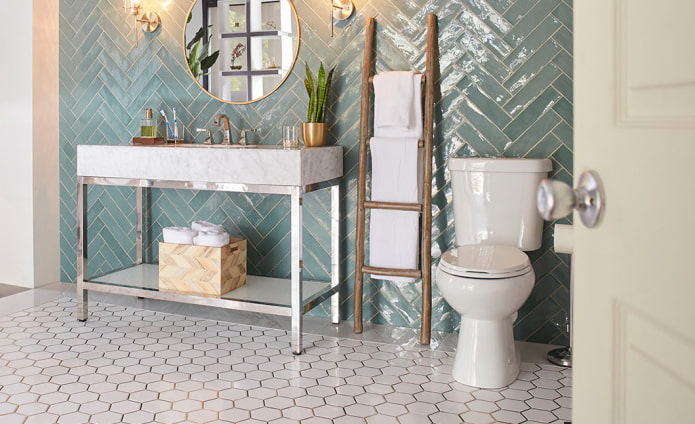
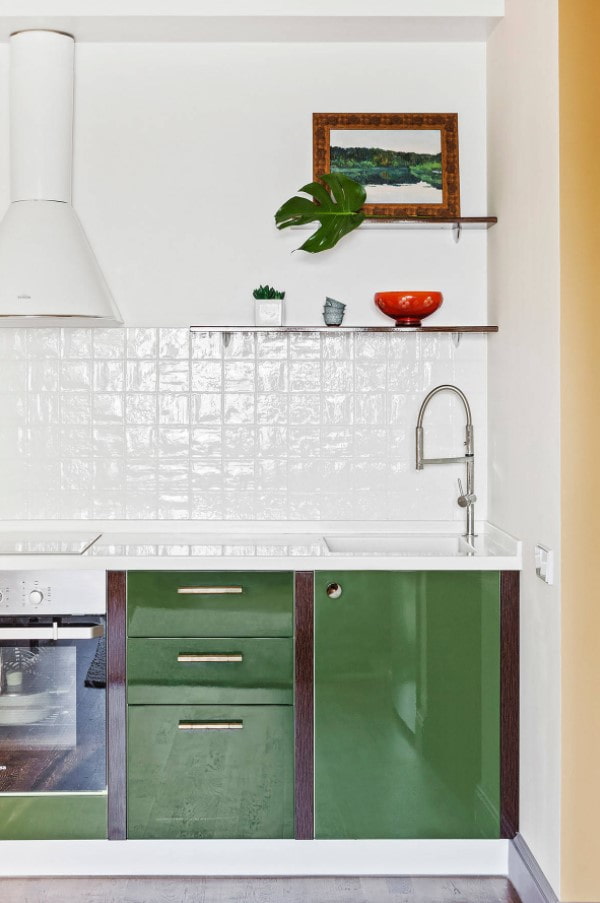
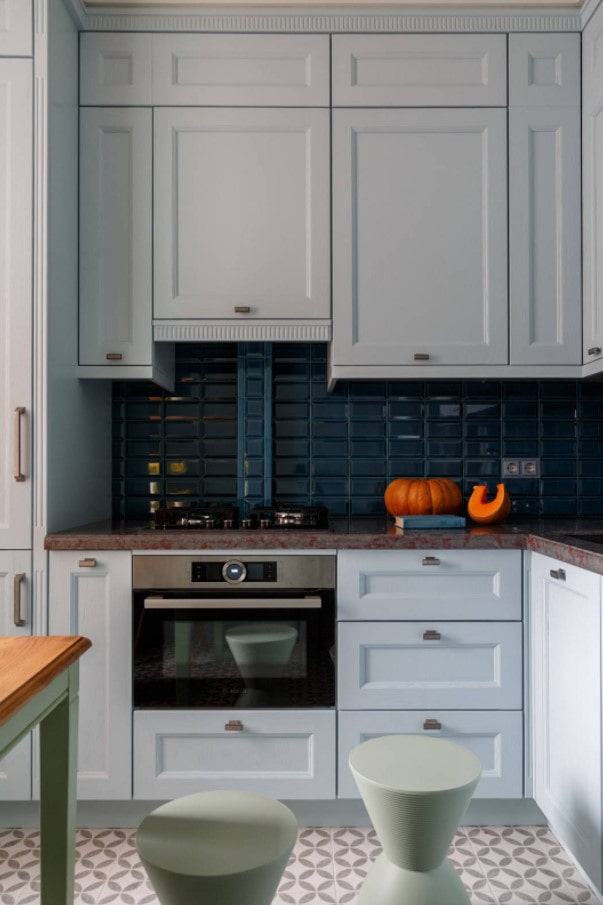
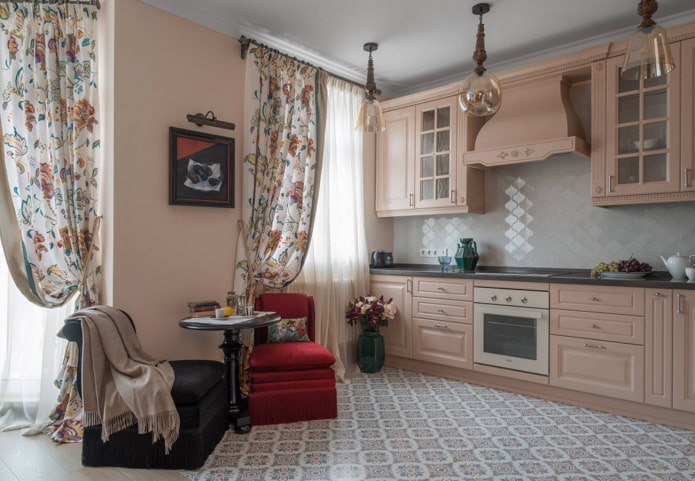
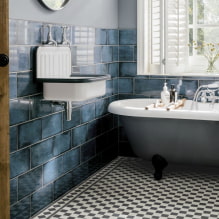
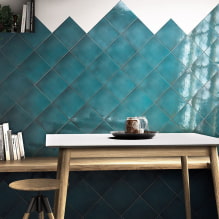
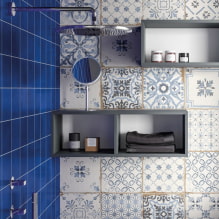
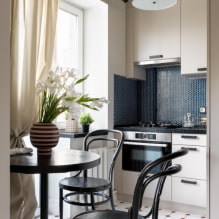
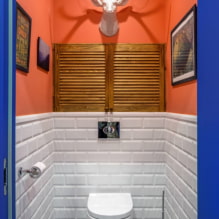
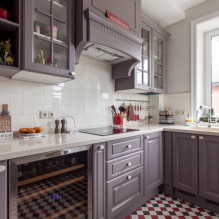
 13 bad habits a good housewife shouldn't have
13 bad habits a good housewife shouldn't have 24/7 home cleanliness - 4 secrets for the perfect housewife
24/7 home cleanliness - 4 secrets for the perfect housewife 6 hotels in Sochi that will give odds to the promoted foreign hotels
6 hotels in Sochi that will give odds to the promoted foreign hotels Top 10 interior design trends 2020
Top 10 interior design trends 2020 Rating of cheap TVs with Smart-TV
Rating of cheap TVs with Smart-TV New Year's LED garlands on AliExpress - we disassemble while it's hot, so that it's bright at home
New Year's LED garlands on AliExpress - we disassemble while it's hot, so that it's bright at home